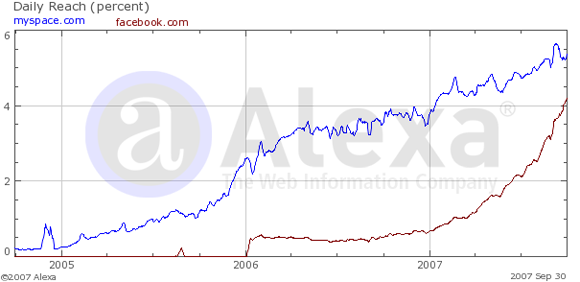Sombre New York Times assessment of the implications of Benazir Bhutto’s murder.
The assassination highlighted, in spectacular fashion, the failure of two of President Bush’s main objectives in the region: his quest to bring democracy to the Muslim world, and his drive to force out the Islamist militants who have hung on tenaciously in Pakistan, the nuclear-armed state considered ground zero in President Bush’s fight against terrorism, despite the administration’s long-running effort to root out Al Qaeda from the Pakistan-Afghanistan border.
The assassination has brutally highlighted the inability of the United States, despite its wealth and power, to manipulate the internal political affairs of a small but complex society.
“We are a player in the Pakistani political system,” said Wendy Chamberlin, a former United States ambassador to Pakistan, adding that as such, the United States was partly to blame for Mr. Musharraf’s dip in popularity. But, she added: “This is Pakistan. And Pakistan is a very dangerous and violent place.”
There’s a lovely quote later in the piece, referring to the US policy of trying to force an alliance between Musharraf and Bhutto as a way of pushing the former onto a ‘democratic’ path. Trying to get them to work together was, one Bush official acknowledged, “like putting two pythons in the same cage”.
So, now we’re one python down, and one to go. I can’t see Musharraf containing the crisis. Which means another military coup. What’s astonishing about the Bush administration is that it never seems to have a Plan B.



